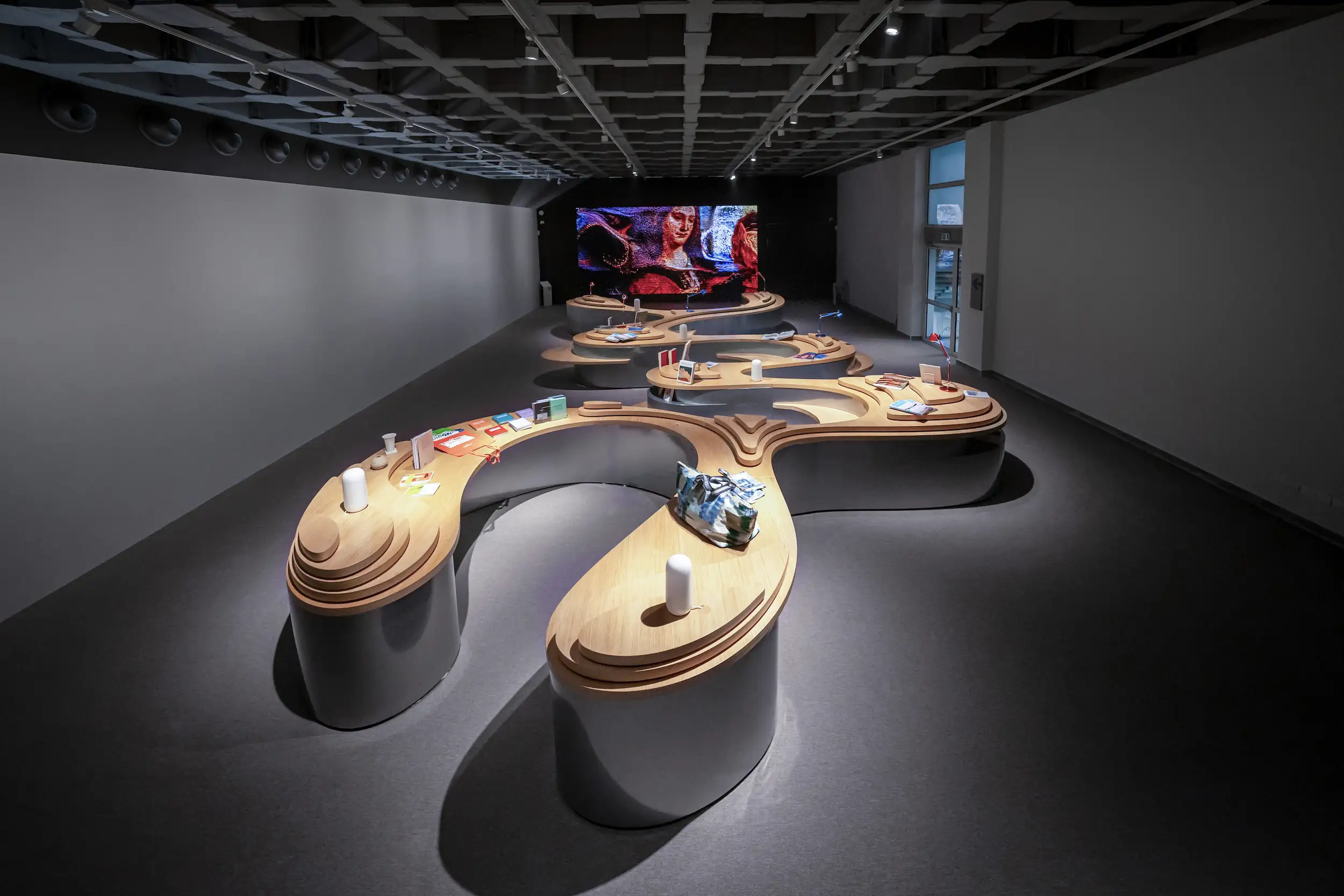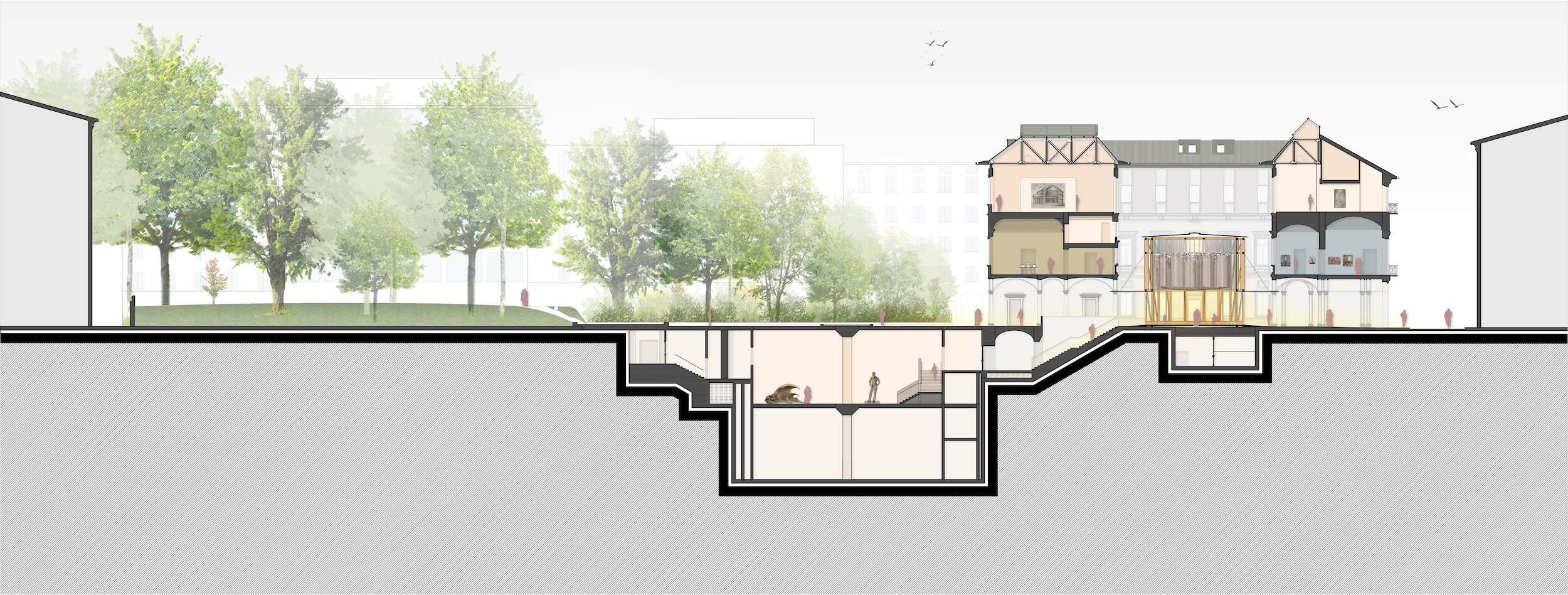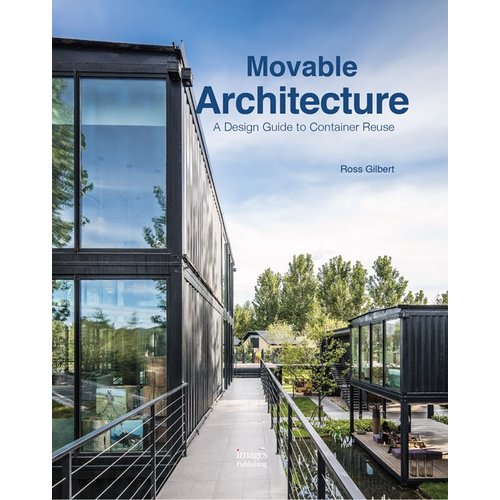Milan’s Palazzo Citterio Debuts as an Extension to the Famed Pinacoteca di Brera, Now a New Cultural Hub Fusing the Historic with the Contemporary

Architects & Firms
The opening last month of Palazzo Citterio in Milan marked the extension and rebranding of the Pinacoteca di Brera, the city’s most prestigious art museum. Famed for its collection of Renaissance paintings—including works by Donato Bramante, Piero della Francesca, Andrea Mantegna, Titian, and Tintoretto—the Pinacoteca, housed within a former monastery and Jesuit college, is now one part of the multi-site cultural complex known as Grande Brera, which also features a much-anticipated space dedicated to 20th-century art within the Palazzo Citterio just two doors down the street. The third institution comprising Grande Brera is Biblioteca Nazionale Braidense, one of Italy’s largest public libraries.
.webp)
Exhibition space. Photo © Walter Vecchio
The transformation of Palazzo Citterio, an 18th-century mansion, has been in the works for over 50 years, beginning with structural and facade work in the 1970s and continuing in the 1980s with the design of below-grade exhibition and multifunctional spaces by British architect James Stirling. The final phase of the project was realized by Milan- and Bologna-based Mario Cucinella Architects (MCA).
MCA curated the design for two of the three floors of the palazzo, as well as an exhibition accompanying the rebrand that details the complex’s rich historical ties to the arts and sciences.
.webp)
The palazzo courtyard-anchoring Tempietto. Photo © Walter Vecchio
“Palazzo Citterio is not a stand-alone building; it exists in close relationship with its surrounding environment, becoming part of a broader vision: a city within the city, a system that reveals the beauty that inhabits it,” says MCA founder Mario Cucinella. “With this installation, characterized by contemporary interventions in dialogue with history, we aimed to shape a new way of conceiving museums. The challenge lies in making these spaces part of everyday life, spaces capable of reflecting and narrating new ways of existing together. In this way, Palazzo Citterio becomes part of daily life—a place to experience beauty as well as community and connection.”
One such contemporary intervention is MCA’s 16-sided circular wood pavilion, tightly nestled within the palazzo’s courtyard and dubbed the Tempietto, which bridges the newly assembled spaces of Grande Brera with its collections. As noted by MCA, the installation draws inspiration from Raphael’s The Marriage of the Virgin, on display at the Pinacoteca, “while also representing a leap toward modernity.” With its “clean, rhythmic lines alternating between horizontal and vertical elements,” the structure can be easily dissembled on site if need be, and its ceiling of draped fabric aims to create calming lighting effects that evoke a “sacred atmosphere.”

The entrance hall. Photo courtesy © Francesco Prandoni
The MCA-designed entrance hall, anchored by a sinuous, multi-use sculptural table, made of wood, with built-in seating that rests atop a steel base, also injects a sense of modernity to Palazzo Citterio.
Unified by the Orto Botanico diBrera, a shared inner-block garden and arboretum with an astronomical observatory, the new complex neighbors the Quadrilatero della Moda, Milan’s famed fashion district (where Via;Monte Napoleone serves as the main drag), to offer a unique link between art, history, science, fashion, and design. In the future, Palazzo Citterio will feature a bistro with a view of the garden.
The opening of Palazzo Citterio in early December helped the Pinacoteca surpass 500,000 annual visitors for the first time in its history. During this writer’s visit on a Sunday afternoon in January, crowds of museum-goers ambled about the Tempietto and perused the new exhibition. Given the abundant interest from locals and tourists alike, advanced registration is encouraged.
Click section to enlarge








